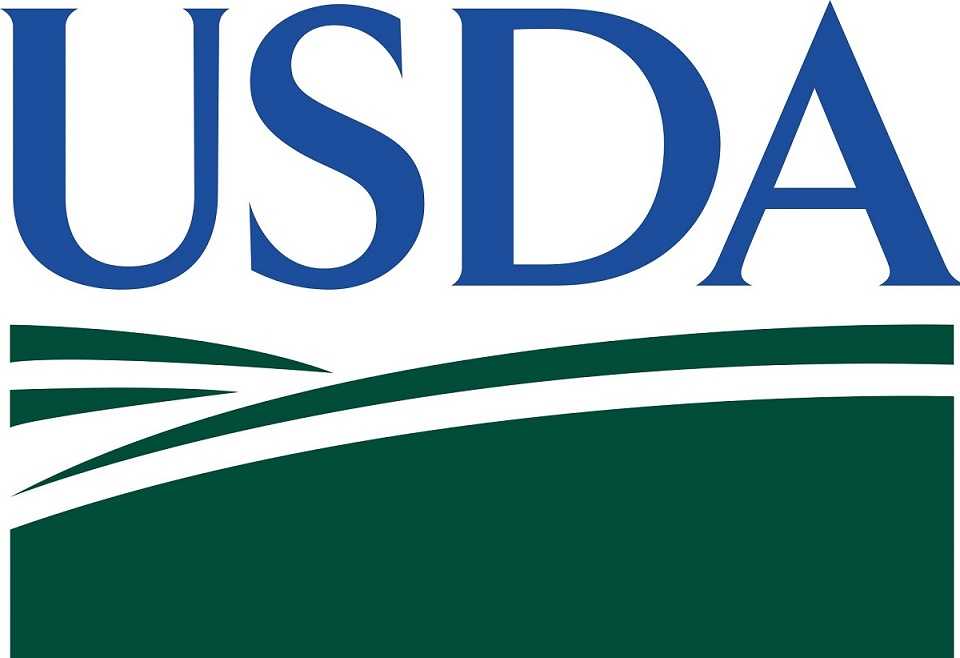Coffee production in India is expected to total 5.6 million 60-kg bags in MY 2017/18, with Arabica production at 1.4 million 60-kg bags and Robusta production at 4.1 million 60-kg bags, according to USDA latest Gain Report.
Good blossom and backup showers in March and April supported bean development that was aided by well distributed rains during the early part of the Southwest monsoon.
The Robusta crop is expected to produce slightly more fruit than last year owing to good rainfall and irrigation water availability.
According to the Indian Meteorological Department, precipitation levels in the traditional coffee growing regions during the latter part of Southwest monsoon (September) were above normal, while there were deficit rains during the first part of the Northeast Monsoon which runs from October through December.
Geospatial analysis indicates the presence of adequate soil moisture to support the plant development for MY 2017/18.
The Coffee Board of India, which is under the Ministry of Commerce, estimates a 12-percent coffee production rise in 2017/18 from MY 2016/17 due to an increase in the bearing area of around 13,500 hectares brought into the estimation survey.
As per post blossom (pre-monsoon) data, Robusta production is forecast to increase by 14 percent (30,300 MT), and Arabica production is forecast to increase by 9 percent (8,100 MT) from the previous year and will be witnessed in all three Karnataka coffee growing districts.
Similar production increases are anticipated in the states of Tamil Nadu and Kerala. For MY 2017/18, the Coffee Board of India estimates production at 5.84 million 60-kg bags (350,400 MT) in its post-blossom (pre-monsoon) forecast.
Trade sources report that India’s overall crop will rise by 8-10 percent. The Coffee Board may lower the MY 2017/18 estimates as these are based on a field surveys conducted in May 2017.
Any major crop losses as a result of monsoon rains will be taken into account in the December 2017 estimate.
For the MY 2016/17 crop, the Board revised its final estimate to 5.2 million 60-kg bags (312,000 MT comprising 95,000 MT of Arabica and 217,000 MT of Robusta). Post revised the MY 2016/17 production estimate to reflect the Board’s final estimate.
Consumption remains slow but prospects look positive
The Post forecast MY 2017/18 Indian coffee consumption remains similar to last year at 1.2 million 60 kg bags (72,300 MT).
Trade sources cite that instant/soluble manufactures are altering the percentage of coffee in blends to match consumer tastes and preferences around the country and to maintain commercial and financial competitiveness.
Trade sources further indicate that while the ratio of roast and ground coffee consumption has traditionally been higher, the share of instant/soluble coffee has increased in recent years, especially in northern India, and will continue to remain high in MY 2017/18.
Hundreds of western-influenced coffee shops have emerged across India’s major and smaller “second tier” cities over the past decade.
Coffee now competes against the once dominant tea in these cafes, especially among younger consumers. Aside from large coffee shop chains, artisanal coffee brands are emerging in metro cities but these remain a niche category as coffee sold at these cafes are priced at a premium.
A growing willingness to consume food and drink outside the home and increasing disposable income has helped fuel coffee consumption growth in recent years.
Many firms have targeted young professionals; especially, women, but the pace of expansion appears to have slowed in recent years.
Trade
Post’s MY 2017/18 export forecast is similar to the FAS Washington forecast. A large percentage of the crop should be exported. November 2017 green coffee prices for Robusta Cherry in Karnataka have fallen by 15 percent compared to the same period last year. Indian prices have tracked with global prices for both varietals.
Arabica prices have remained firm, while Robusta prices have declined since January with reports of expected higher production in other major coffee producing countries.
Exports for MY 2016/17 have surpassed the official FAS/W estimate of 5.5 million 60-kg bags with trade data for the last month of MY 2016/17 not yet available.
Large carry-over stocks from MY 2016/17 have supported strong export shipments for beans and soluble coffee. Italy, Germany and Russia were top export markets for green coffee, while Russia, Turkey and Poland were the top export markets for instant/soluble coffee in MY 2016/17.
Imports of green coffee for purpose of re-export were largely dominated by Vietnam, Uganda and Indonesia due to duty exemptions and lower overall prices.
Trade sources indicated that some manufacturers are exploring newer origin coffees as importing is cheaper than using Indian origin lower-grade coffee.
Policy
Introduction of India’s Goods and Services Tax (GST) In July 2017, the Government of India introduced a GST to replace multiple cascading taxes levied by central and state governments.
While green coffee beans fall under the zero percent GST category (earlier it was 5.5 percent), the GST rates levied on roast and ground (R&G) coffee is in the 5 percent category and instant/soluble coffee is in the 18 percent category.
Prior to GST implementation, the cumulative tax rate on instant/soluble coffee was near 26 percent. New Duty Drawback Rules With effect from October 2017, the Government of India notified new duty drawback rules and revised the duty drawback rates.
The duty drawback rate for green coffee has been reduced from 1 percent to 0.15 percent, and instant coffee to 0.7 percent.
Trade sources indicate that the benefit of the drawback was earlier being passed on to the growers, which now will not be available.
















